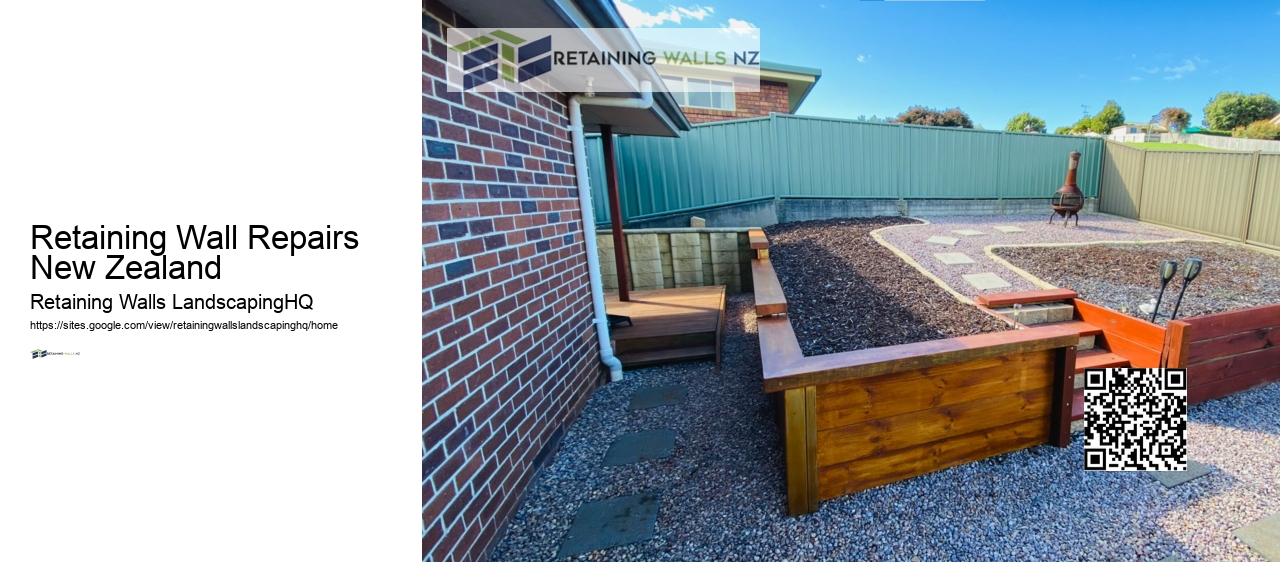
We design retaining walls in harmony with nature by implementing environmentally conscious practices.
Our team is experienced in retaining wall designs and materials such as timber, boulders and other natural materials. Retaining Walls By LandscapingHQ's team is highly skilled at identifying and addressing issues that may affect the structural integrity retaining walls. Boulders are a great way to create an organic and striking look for landscapes that want a rustic or natural appearance. Repairs are essential to maintain the visual appeal and structural stability of your retaining walls. Without a stable base, retaining walls are susceptible to shifting, crumbling or collapsing with time. LandscapingHQ puts both function and aesthetics into consideration when designing your retaining wall.
When it comes to retaining wall repairs, we believe in taking a proactive approach to prevent further deterioration and potential hazards. Retaining Walls By LandscapingHQ is aware of the importance to make timely repairs in order to maintain the aesthetics and functionality of your retaining wall. They allow vegetation to grow and blend the structure with its surroundings. Our team of experienced professionals has the expertise to artfully arrange rocks, taking into account factors like weight distribution and interlocking patterns to maximize strength and durability.
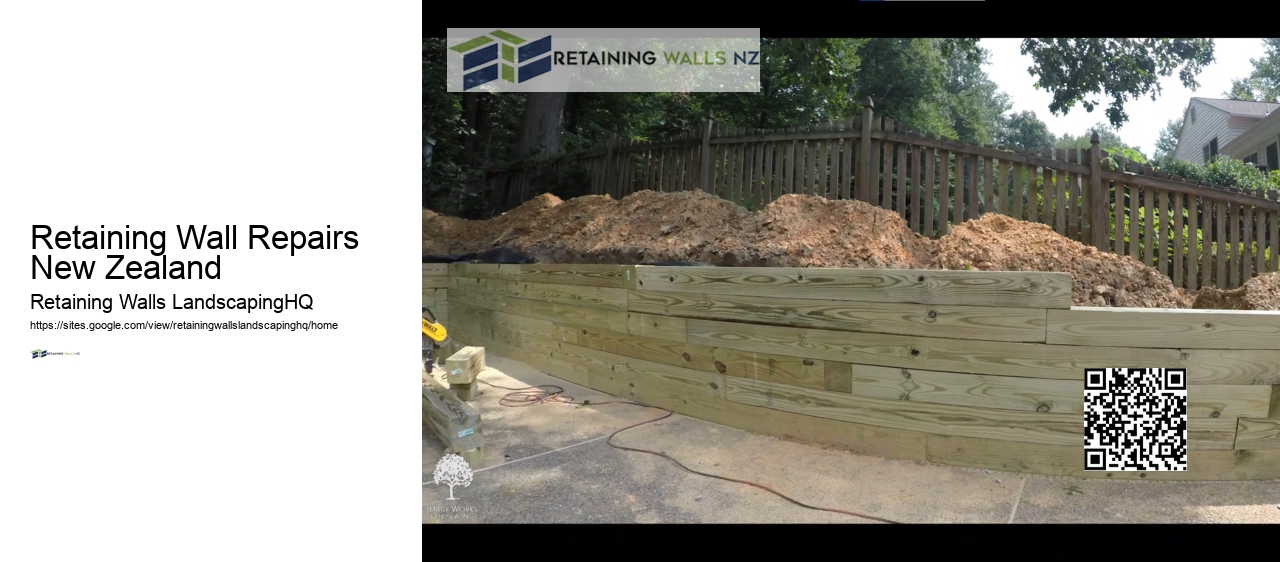
We are experts in the restoration and enhancement of retaining walls, ensuring their long-term functionality and stability. These walls also offer a flexible canvas to customize the design and finish. We carefully choose high-quality wood that is able to withstand the climate conditions of New Zealand when designing timber retaining wall. The soil type on your property may also have an impact on the height of the wall.
Rock retainings walls add a rustic, natural charm to any landscape. Gravel or crushed stone can also be used as a backfill to aid in drainage, allowing water flow through it. Our team puts a strong emphasis on the stability, aesthetics, as well as quick installation. We understand that each project is unique, requiring a tailored approach to meet your specific needs and enhance the overall look of your landscape. The soil behind the walls must be properly compacted during construction to prevent any settling.
The solid construction of block walls provides excellent structural integrity, making them ideal for retaining soil and preventing erosion effectively. We focus on quality and durability as well attention to detail. Reducing transportation distances will reduce the carbon emissions of the project.
Site preparation costs, such as clearing out the area, leveling up the ground, and dealing with drainage problems can add to the overall cost.
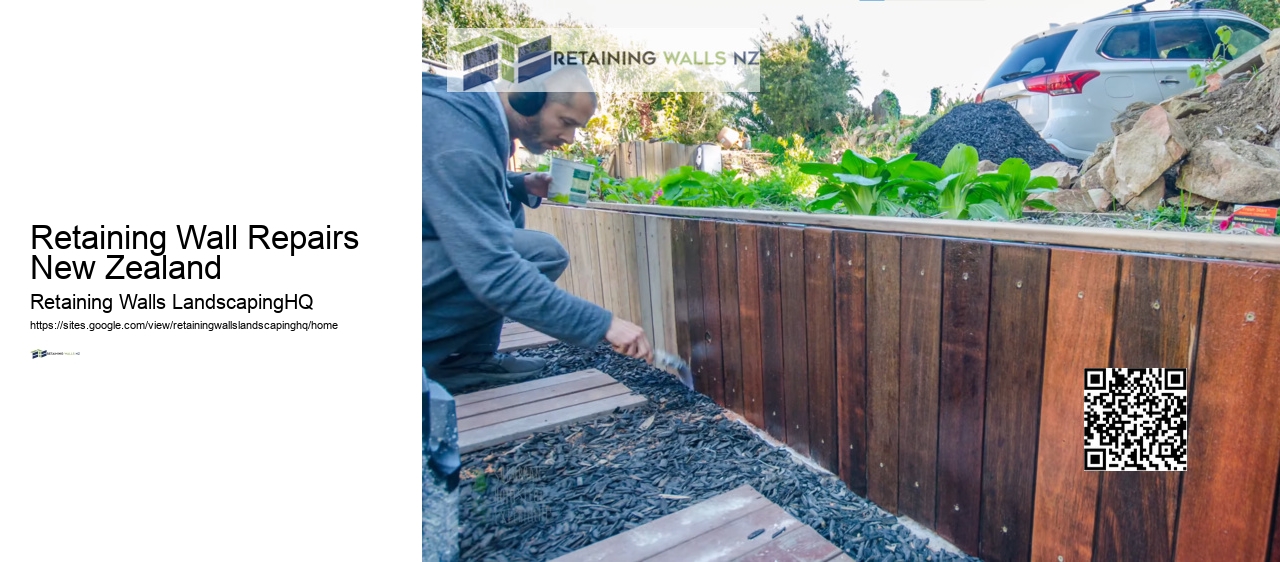
These lights are perfect for creating an inviting and warm atmosphere in your outdoor space. Aesthetics, durability and cost are all important factors to consider when choosing the right materials for a retaining walls.
Our retaining walls are built with high-quality materials using proven techniques. Excess moisture can weaken structure over the years. Retaining Walls are a valuable addition for any property, increasing the amount of usable space while also enhancing curb appeal. Retaining walls by LandscapingHQ experts can help you determine the optimal height of your retaining wall. Timber walls are typically more cost effective than concrete walls or stone walls.
They not only serve a functional purpose, but also enhance the beauty of your outdoor environment. Whether it's a simple repair or an extensive restoration project, we treat each one with precision and attention to ensure the best results. He or she can provide a detailed estimate based upon the specifics of the job.
Attention must be paid to the quality and durability of the materials used when building a concrete retaining walls. By incorporating durable timber materials sourced sustainably, we ensure that our NZ retaining walls not only serve their functional purpose but also contribute to the overall sustainability of the landscape. LandscapingHQ will exceed your expectations when you select them to build your gabion wall.
Costs can vary depending upon the complexity of the job and the wages in your region. They are low-maintenance and resistant to pests, harsh weather, and rot.
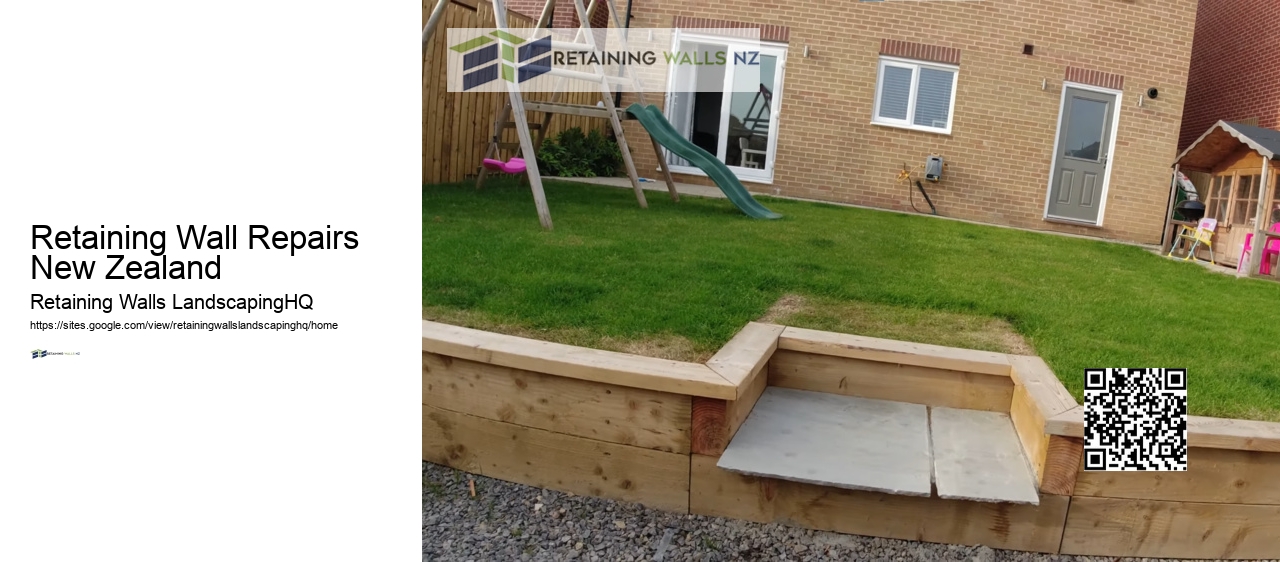
A solid foundation acts as the backbone for the structure and bears the pressure of soil and water on the wall. Inspect the drainage system associated with your retaining wall to ensure proper functionality. Rail sleepers' natural weathered finish adds character and sophistication in any outdoor setting. This phase involves clearing and leveling of the ground as well as creating a stable base for the retaining Wall. Proper drainage prevents this. One essential drainage solution is the use of gravel backfill behind the retaining wall.
Additionally, installing perforated drainage pipes behind the wall can help channel water away efficiently. In addition, during the design stage, our team takes into account the long-term requirements of the retaining walls. Place lights upwards at the base or your retaining Wall to create a dramatic look. A regular cleaning of your retaining walls is also an important maintenance task.
You can create a unique retaining-wall that reflects your personality by choosing materials that fit your style. Consider adding subtle but effective lighting along your retaining wall to create a captivating outdoor atmosphere. Adding customized features can elevate the aesthetic appeal of your space while also making a statement about your individuality. LandscapingHQ can offer you a variety materials and designs so that your retaining walls complement the rest of your outdoor living space.
Solar-Powered Lighting: Choosing solar-powered lighting is an environmentally-friendly, cost-effective option.
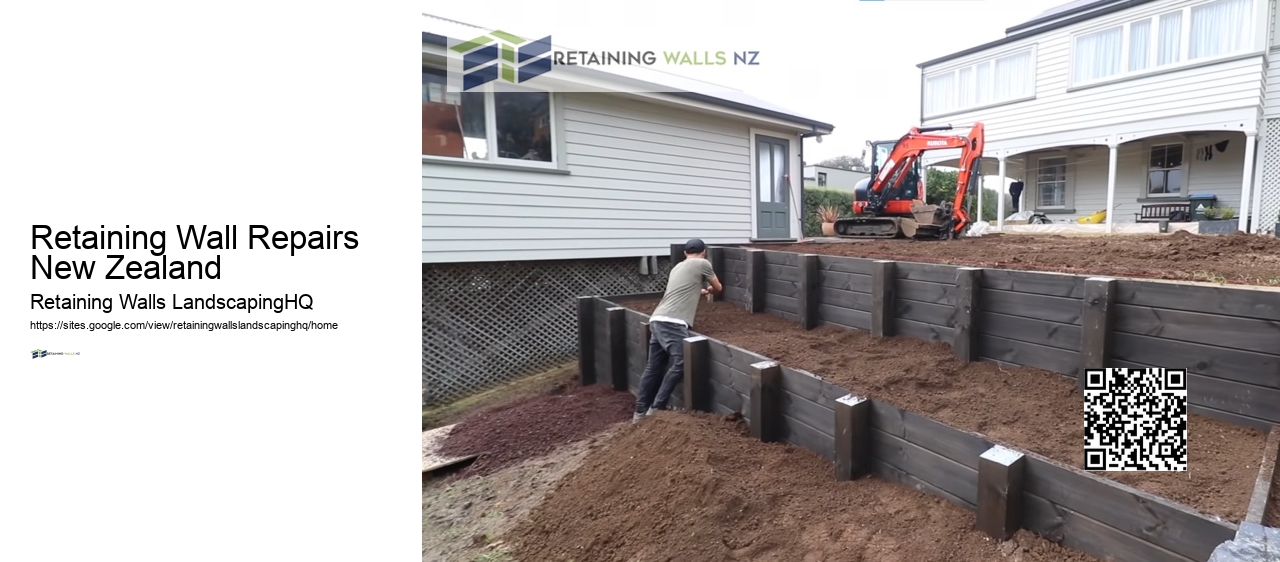
Yes, it's possible to bolt a fence to a retaining wall, but it's essential to ensure proper installation and reinforcement for stability.
Yes, drainage behind a retaining wall is essential to prevent water buildup, soil erosion, and potential damage to the structure over time.
The maximum height for a retaining wall in New Zealand may vary depending on local regulations, building codes, and engineering requirements. It's essential to consult with local authorities for specific height limitations.
To keep dirt from seeping through a retaining wall, ensure proper compaction of backfill material, use filter fabric or drainage gravel, and maintain proper drainage behind the wall.
Using gravel behind a retaining wall helps with drainage and stability by allowing water to flow away from the wall and reducing hydrostatic pressure.
Common problems with retaining walls may include soil erosion, drainage issues, structural failure, and aesthetic concerns. Proper design, construction, and maintenance can help mitigate these problems.